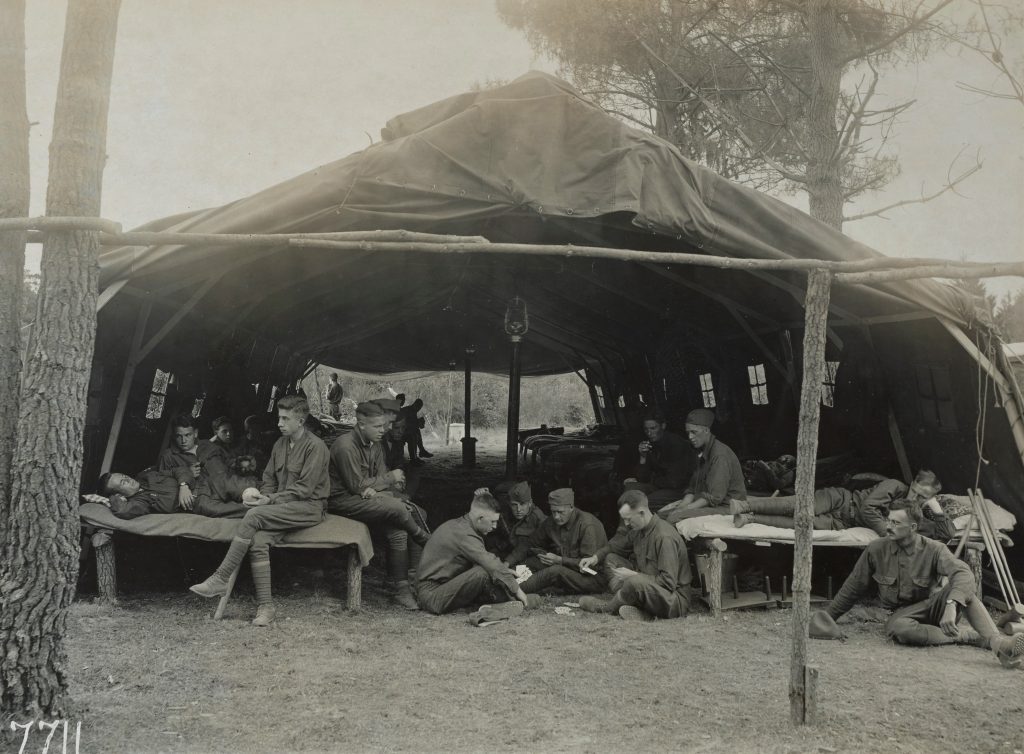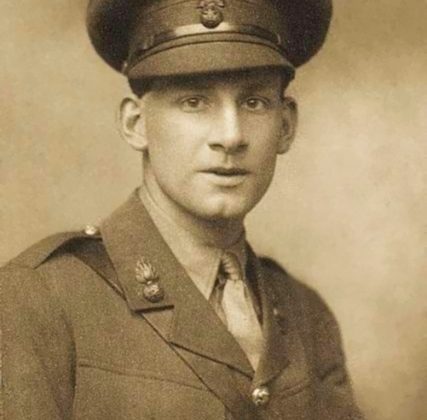Treatment At The Front
‘Not Yet Diagnosed Nervous’ (NYND) centres were set up close to the front-line. Their aim was to treat soldiers and return them to combat as soon as possible. Medics avoided the term ‘shell shock’ as they believed using it would harm recovery and morale. The doctors who ran the NYDN centres were usually not trained in psychiatry. They believed food, rest, encouragement, massage, and exercise was all that was needed.

Military leaders often considered conditions like shell shock as a sign of cowardice or malingering (making up symptoms to avoid going to war). Many soldiers suffering from psychological trauma were court-martialled and charged with desertion or insubordination. 309 British soldiers were executed during WWI. Most of them are believed to have been suffering mental ill-health.
Some soldiers, who were unable to cope with their feelings of anxiety, committed suicide or inflicted wounds on themselves. Many soldiers were never properly diagnosed or treated after the war was over and returned to civilian life to suffer in isolation.
“Monday 15th […] Another fellow died by jumping off verandah of hospital”
Quote from diary of Serjeant T. Heard 1/4 DCLI, stationed in Aden, Yemen, in 1916
Survivors - Seigfried Sassoon (1917)
No doubt they’ll soon get well; the shock and strain
Have caused their stammering, disconnected talk.
Of course they’re ‘longing to go out again,’—
These boys with old, scared faces, learning to walk.
They’ll soon forget their haunted nights; their cowed
Subjection to the ghosts of friends who died,—
Their dreams that drip with murder; and they’ll be proud
Of glorious war that shatter’d all their pride…
Men who went out to battle, grim and glad;
Children, with eyes that hate you, broken and mad.

‘Survivors’ satirises the dismissive attitudes of senior military officers towards soldiers with shell-shock. Siegfried Sassoon wrote this poem in Craiglockheart Hospital, a psychiatric facility in Edinburgh. Sassoon protested against the war. He refused to return to it after taking his convalescent leave. He was diagnosed with shell shock, which saved him from a court martial.
